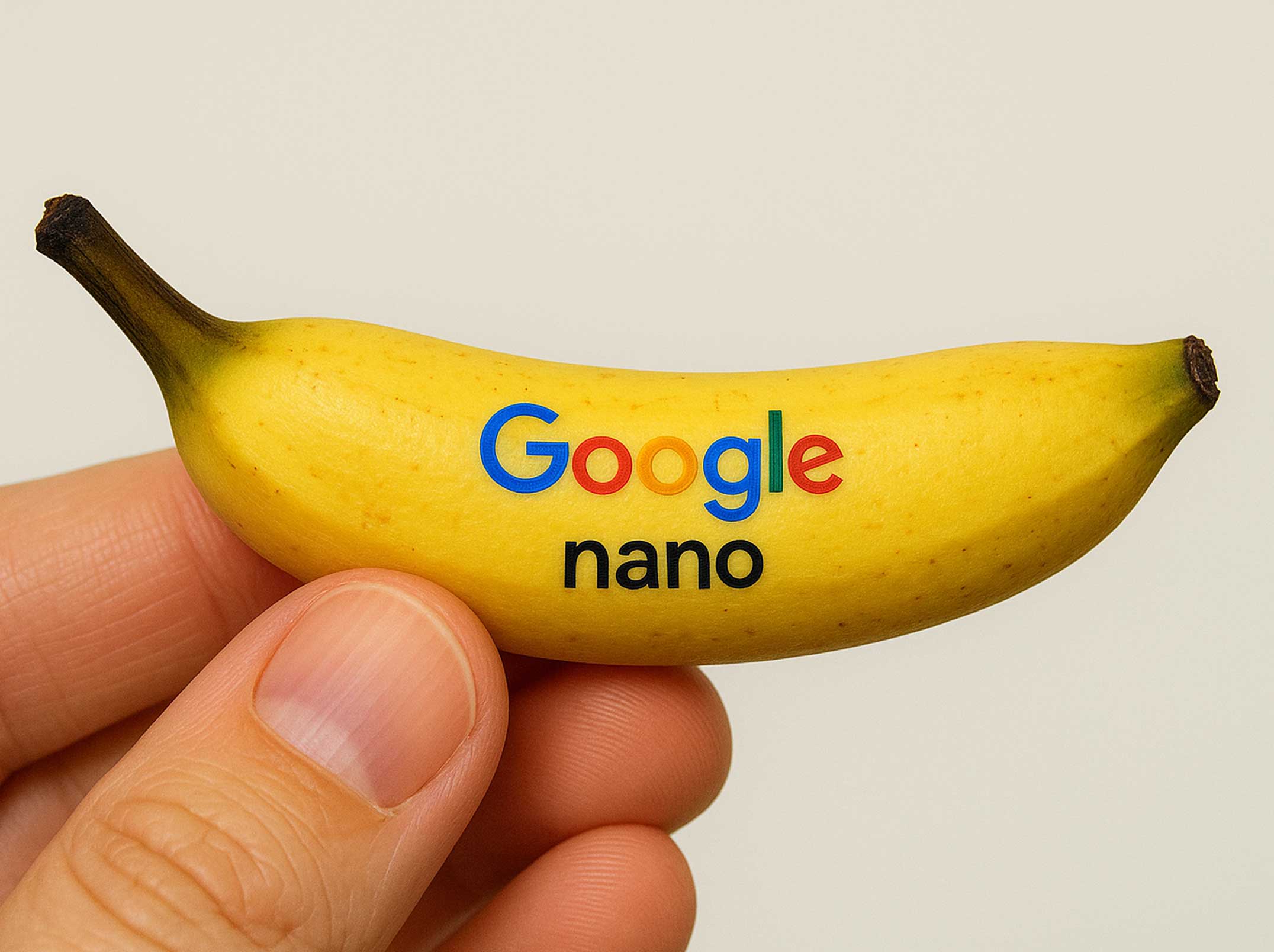Google Ads Simplifies Keyword Grouping with Automation
Google Ads streamlines keyword grouping with automation, making campaign management more efficient and results-driven.

Historically, the manual process of organizing keyword lists into relevant ad groups in Google Ads has been a significant time sink for advertisers. Sifting through hundreds or thousands of keyword ideas, identifying themes, and then meticulously assigning them to their optimal ad groups demanded a keen eye and considerable effort. This often led to fragmented campaigns, less precise targeting, and, ultimately, suboptimal ad performance.
Recognizing this challenge, Google Ads has now unveiled a new, automated feature within its Keyword Planner. This enhancement is designed to revolutionize the initial stages of campaign setup by intelligently categorizing newly identified keywords. The goal is clear: to drastically reduce the manual workload involved in managing extensive keyword portfolios, allowing advertisers to focus more on strategy and less on tedious organizational tasks. This move underscores Google's ongoing commitment to integrating more intelligent automation into its advertising platform, promising a smoother, more efficient workflow for paid search professionals.
Streamlining Campaign Setup with Automated Keyword Grouping
The power behind Google Ads' new auto-organize feature lies in its sophisticated application of machine learning. Instead of relying on rigid rules, the system analyzes a multitude of factors—including semantic similarity, user intent behind queries, historical performance data, and even the context of existing ad groups—to intelligently cluster keywords. This automated, data-driven approach moves beyond simple keyword matching, understanding the nuances of language to identify true thematic relationships.
This not only liberates advertisers from the painstaking, error-prone task of manual grouping but also significantly elevates campaign efficacy. By ensuring that ad groups are logically structured with highly relevant keywords, the system intrinsically boosts ad relevance, which in turn leads to higher Quality Scores, improved click-through rates, and ultimately, better overall ad performance and return on ad spend. The machine learning continuously refines its understanding, adapting to evolving search patterns and advertiser goals, promising an ever-more precise and efficient campaign structure.
For those looking to stay ahead in the dynamic landscape of digital advertising, understanding the broader currents is crucial. We encourage you to explore our in-depth article on [Insert Link to "Digital Ad Trends" Article Here] for a comprehensive perspective on the innovations shaping the future of online advertising.
Enhancing Efficiency for Advertisers
The sheer scale of managing extensive keyword portfolios has long been a formidable bottleneck for advertisers. Manually sifting through hundreds, or even thousands, of potential keywords and meticulously assigning them to the most relevant ad groups is not just a time-consuming endeavor but also one highly susceptible to human error. This meticulous organizational effort, while critical for ensuring ads precisely target their intended audience, often diverts valuable resources and attention away from more impactful, strategic aspects of campaign development.
This is precisely where the new auto-organize feature delivers significant value. By intelligently automating the traditionally arduous task of keyword grouping, Google Ads empowers advertisers to reclaim countless hours previously spent on granular, repetitive work. This shift allows marketing teams to elevate their focus from operational minutiae to higher-level strategic planning, such as refining ad copy, optimizing landing page experiences, exploring new market segments, or analyzing competitor strategies. The efficiency gains are particularly pronounced for businesses operating with vast and diverse product or service inventories, where the complexity of keyword management can quickly escalate into an overwhelming challenge. Ultimately, this automation isn't just about saving time; it's about enabling a more agile, data-driven, and ultimately more effective approach to paid search advertising.
Anyone who's managed substantial Google Ads accounts knows the sheer weight of handling vast keyword sets. The critical challenge lies not just in identifying relevant keywords but in the meticulous, often mind-numbing, task of organizing them into ad groups that genuinely resonate with user intent. Misaligned keywords can lead to irrelevant ad impressions, wasted spend, and a cascade of inefficiencies that ultimately dilute campaign performance.
User Feedback and Adoption
The launch of this automated keyword grouping functionality has quickly captured the attention of the digital advertising community. Notably, Selina Naomi Patel, a recognized digital marketing professional, recently highlighted the update on LinkedIn. She specifically pointed out the new option within Keyword Planner that allows Google to automatically organize fresh keyword ideas into appropriate ad groups.
While Ms. Patel chose not to activate the feature at the time of her observation, her post nevertheless ignited considerable discussion among advertisers. This initial buzz underscores the industry's keen interest in tools that promise to streamline complex campaign management. Advertisers are actively weighing the potential benefits against their current manual processes, eager to understand how this automation can truly reshape their workflow and campaign performance.
Balancing Automation with Oversight
Even with the undeniable efficiency gains from automation, it's critical for advertisers to maintain a hands-on approach. The machine-driven groupings, while intelligent, are based on algorithms and general patterns. They may not always perfectly align with highly nuanced marketing objectives, specific brand voice requirements, or the intricate strategic considerations unique to each campaign.
Therefore, automated suggestions should be viewed as a powerful starting point, not a final solution. Regular review and strategic adjustments are essential to ensure that keyword clusters accurately reflect specific targeting goals, optimize ad relevance, and prevent any misinterpretations by the algorithm. Striking this balance—leveraging automation for speed while applying human intelligence for precision and a personalized touch—is key to maximizing campaign effectiveness and ensuring that the brand's message truly resonates with its intended audience.
While the efficiency gains from automation are undeniable, it's paramount for advertisers to recognize that these tools are enablers, not replacements for strategic human judgment. Blindly trusting automated keyword groupings without proper review risks misaligning campaigns with core marketing objectives.
Machine learning, while powerful, learns from existing data and may not always grasp the subtle nuances of specific brand messaging, seasonal trends, or highly niche markets. Therefore, advertisers must maintain a vigilant oversight, treating automated suggestions as a strong starting point rather than a definitive final structure.
The human element remains critical for refining these groupings, ensuring they resonate with the intended audience, align with brand voice, and ultimately drive optimal performance. This crucial balance—leveraging automation for efficiency while retaining strategic human oversight—is what truly unlocks superior campaign relevance and a stronger connection with target consumers.
Actionable Steps for Advertisers
To maximize the value of Google Ads' new auto-organize feature within Keyword Planner, advertisers should adopt a strategic, hands-on approach:
- Actively Explore the Feature: Begin by navigating to the Keyword Planner tool in your Google Ads account to fully understand the auto-organize functionality firsthand. Familiarize yourself with how it presents suggestions and its integration with your existing campaigns.
- Rigorously Review Automated Groupings: While automated, these suggestions are a starting point. Critical review is essential to ensure that the proposed ad groups genuinely align with your specific marketing objectives, campaign themes, and unique product or service offerings. Make necessary adjustments to refine the groupings for optimal relevance.
- Systematically Monitor Performance: After implementing the automatically organized ad groups, closely track their performance metrics. Pay attention to quality scores, click-through rates (CTRs), conversion rates, and overall ROI to evaluate the effectiveness of these automated structures in real-world scenarios. This data will inform further optimizations.
- Engage and Provide Feedback: Contribute to the collective knowledge of the advertising community by sharing your experiences and insights. Your feedback helps Google refine and improve the tool, fostering a more effective platform for all advertisers.
By thoughtfully integrating this automated feature with continuous human oversight, advertisers can significantly enhance campaign efficiency while retaining the strategic control necessary to connect with their target audiences effectively.
Subscribe to our newsletter
Stay informed with the latest marketing trends, expert insights, and exclusive updates delivered monthly.




